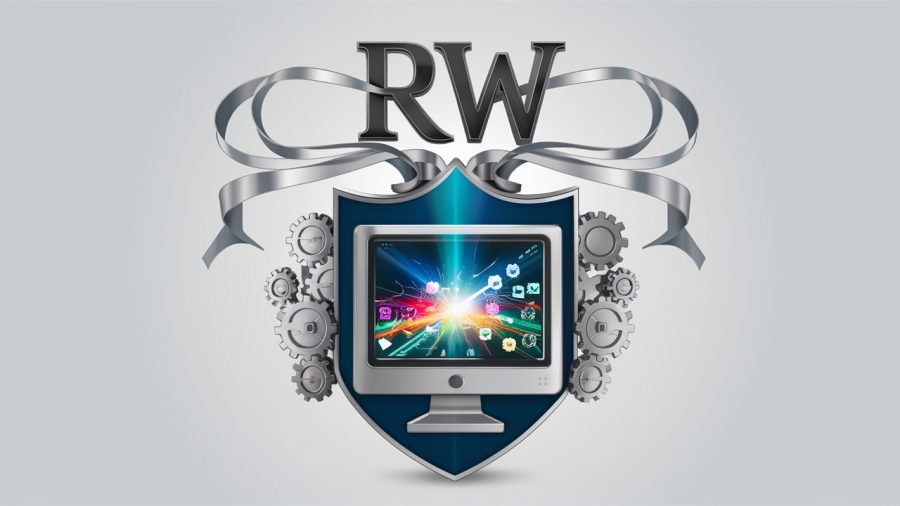No longer content to just help you confirm that, yes, the song you’re hearing is the new Justin Bieber single, Shazam is branching out. The music identification and discovery app is expanding its social TV capabilities and solidifying its role in the second-screen space. Unlike many new-media initiatives, it might even have a viable business model ready to go.
The company claims to be able to recognize just about any U.S. television show based on a quick sample of its audio. From there, delivers up relevant trivia, cast information, social streams and other content. All of this is typical fare for second-screen apps, but Shazam’s twist is interesting because it uses audio fingerprinting to identify what’s being watched and then present related material.
Shazam, which now has a quarter billion users, is best known for identifying songs using a quick audio snippet recorded through the microphone of a user’s smartphone or tablet. The app’s audio fingerprinting and matching technology can identify tracks even through the noise of a loud bar, and it can distinguish between two songs played simultaneously. Based on what it identifies, it lets users read the artist’s bio, buy the song from iTunes, find concert tickets and read the lyrics to verify that, indeed, the lead singer of Train just sang those words, in that order.
From ID’ing Songs To ID’ing TV Shows
Shazam’s lastest push brings this same functionality to television shows. Users can tap the record button in the app to take an audio sample and Shazam will match what it hears against its own database to identify the show. This is neat and all, but the real potential lies in what happens next. As it does with songs, Shazam unlocks all kinds of supplementary content and information about the show.

These are the kinds of things people are already doing in other apps by manually tapping a show listing or check-in button, but in this case the action is performed using audio. That removes a little bit of friction. It also capitalizes on an established user-machine interaction: People who have used Shazam are already accustomed to holding up their phone to learn more about content, whereas tapping the check-in button on an app like GetGlue or Miso may not come as naturally.
Social TV With A Business Plan
The social TV market – especially the second-screen phenomenon – is exploding as smartphones and tablets proliferate. Eighty-six percent of U.S. smartphone owners use their phones while watching TV at least once a month, according to Nielsen. Tablet owners are even more immersed in their devices while watching TV. Most are checking email and browsing the Web, but a growing audience is looking up content and trivia related to what’s on the bigger screen and chatting with others via Twitter, Facebook, and TV-specific social services like GetGlue. With each new major TV event, we see a flood of new stats about how second screens and social networks are tied in. From the premiere of Breaking Bad to the 2012 Summer Olympics, big TV moments are seeing big second-screen stats. In almost every case, the numbers are climbing.
Shazam’s shift into this space is yet another sign of social TV’s huge potential. And it’s not just a shoot-first, figure-out-a-biz-plan-later kind of strategy. There’s a real revenue opportunity right up front. Through a partnership with Delivery Agent, Shazam offers viewers the opportunity to buy merchandise related to a given show.
This is powerful stuff. Rather than try and work in some ad-related business model over time (or just hope they get acquired), Shazam takes consumers from watching a TV show to paying real money to buy things. For consumers, it cuts out several manual steps – making note of a product they see on TV, going to the appropriate website or store, recalling the item and pulling out a credit card to purchase it. For Shazam and its media partners, it offers a monetization scheme that other legacy media industries would kill for.










